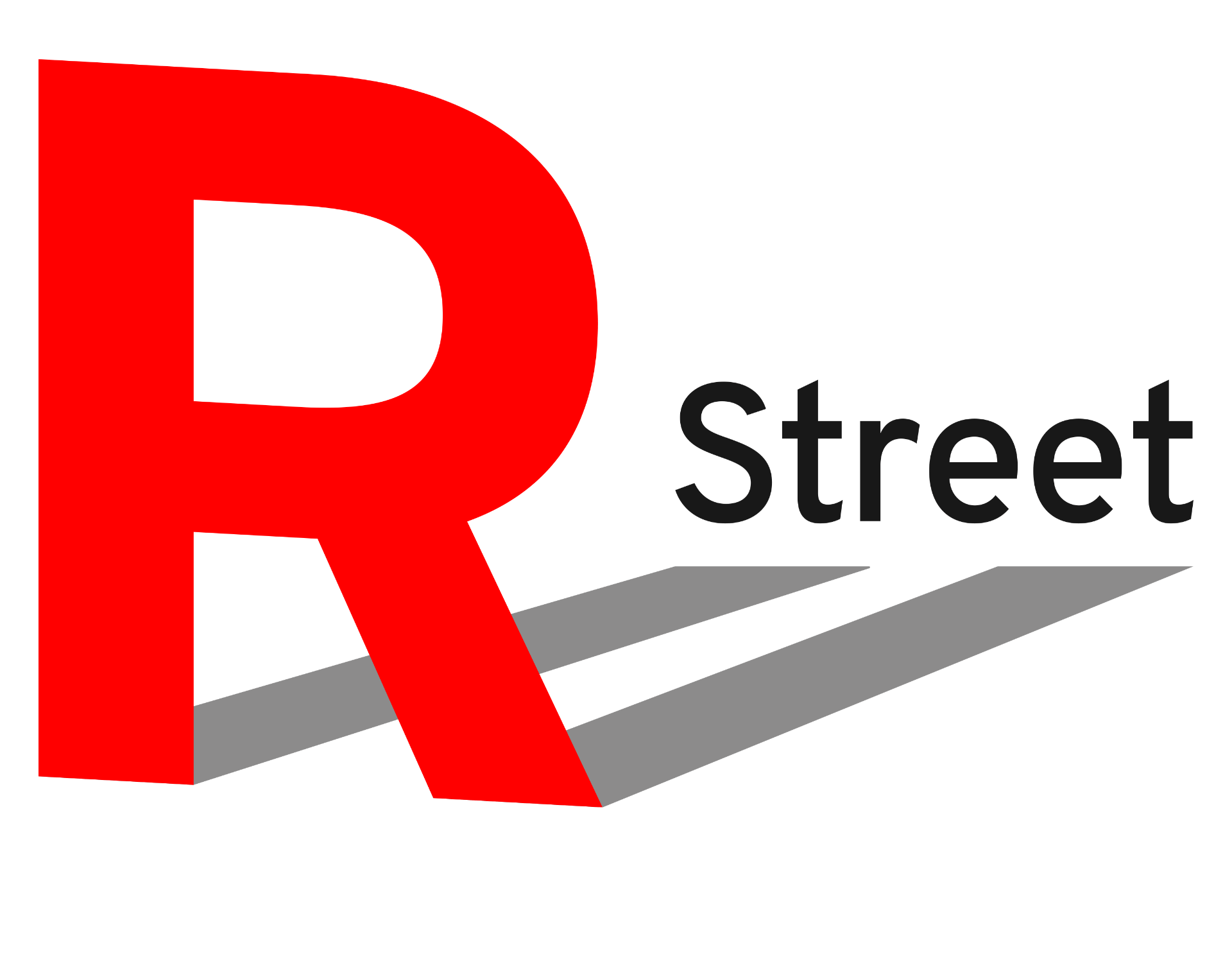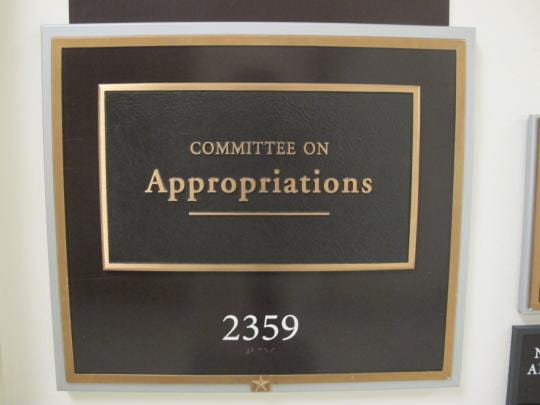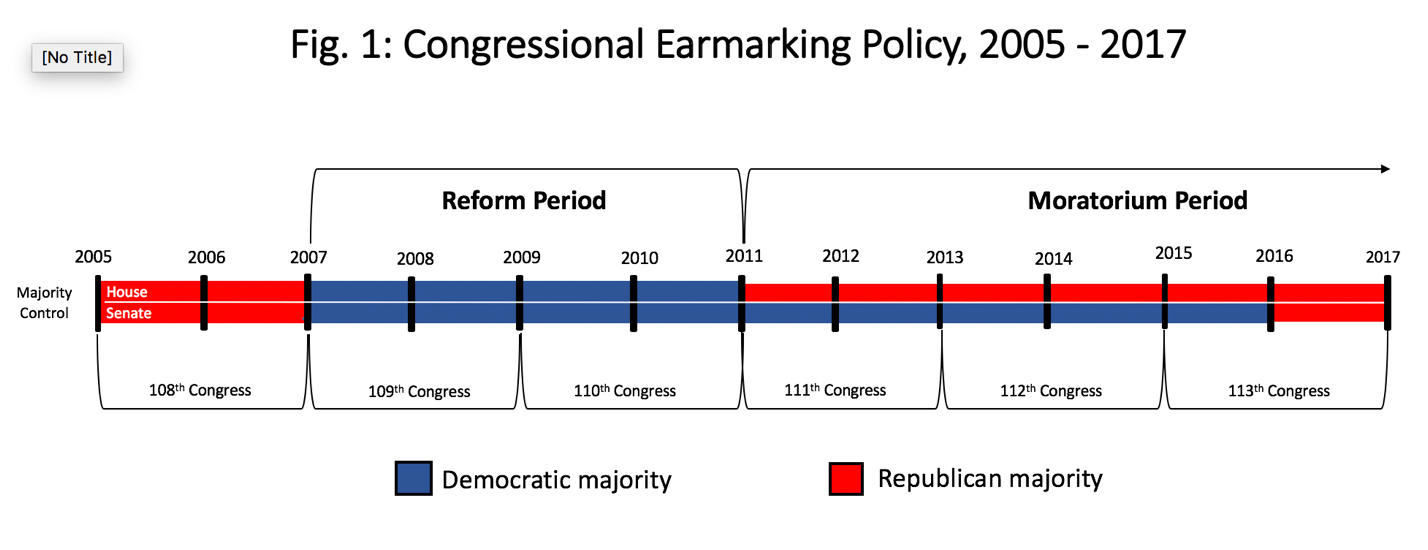The R Street Institute and the Policy Lab are engaged in identifying congressional reforms that will increase Congress’s institutional capacities and performance. Earmark reform may present an opportunity to give congressional leaders a tool for building bipartisan cooperation on key legislation.
RESEARCH QUESTION
Policy Lab is working with R Street on a year-long analysis of earmarks, creating a policy report that will outline their history and fiscal impacts, effects on leadership’s legislative priorities, and present policy alternatives based on the findings.
BACKGROUND
Since the beginning of the U.S. Congress, leaders have found it expedient to offer directed spending or tax benefits to members’ states or districts in exchange for consideration on votes on the leadership’s priorities. This directed spending was known as an “earmark,” after the folded corner of a page that signaled these special additions to spending bills. These deals were never popular with the public at large, and were often maligned as unfair and wasteful “pork barrel” spending by critics. However, they allowed congressional leaders a useful tool for building majorities for their legislative priorities, while offering members the ability to take home additional federal resources.
After a series of widely publicized controversies related to earmarks in 2005, Congress began to consider reforms. In 2007, the House and Senate instituted rules that required members to submit forms requesting earmarks in writing. In 2010, earmark spending accounted for less than 1% of the federal budget. But in 2011, the Republicans in the House and Senate instituted an earmark moratorium, which banned all such directed spending. In his State of the Union address that year, President Obama promised to veto any spending bill that contained an earmark. Despite these repeated attempts to ban the practice, the rise of “letter-marking” may have just shifted control to bureaucratic agencies.
In the polarized, hyper-partisan environment of today’s Capitol Hill, many long-serving lawmakers are considering ways to bring back earmarks. The hope is that earmarks could increase cooperation and aid in strengthening Congress as an institution. The Republican-controlled House Rules Committee held hearings in 2018 examining reinstating the system, and President Trump has spoken favorably about it idea. Democrats like Sen. Patty Murray (D-WA) and Sen. Patrick Leahy (D-VT) have also indicated their support for a reformed earmark system. However, detractors still exist: In a closed-door caucus meeting this May, Senate Republicans voted to “permanently” ban earmarks. R Street and the Policy Lab are engaged in providing evidenced-based research to consider alternatives for lifting the earmark moratorium and implementing a reformed system.
RESEARCH
Starting in the fall of 2019, Policy Lab students and faculty have conducted research into the role of earmarks in Congress, their effects on congressional voting behavior, budgeting, and the deficit. The Lab worked on defining earmarks, established their use and development, and explored their relation to Article I spending powers. A major focus of this research has been the possible relationship between earmarking and the ability of congressional leadership to effectively pass their legislative priorities. To explore these issues, the Lab constructed a model to measure how receiving earmarks and the effects of the moratorium affected House members’ votes for majority priorities. Together with interviews with former Members of Congress, the Lab and R Street are working to produce a report for the Select Committee on the Modernization of Congress with policy recommendations for reform of the earmark process.
Before Congress established a moratorium on earmarks in 2011, there was a brief period of reform between 2008 to 2010 that required members to submit written requests for earmarks. This allowed the Lab to examine the earmarking behavior of members, and to see if the receipt of earmarks had a significant effect on voting for leadership priorities (see fig. 1). This also allow for an examination how members voted for leadership priorities during the moratorium.
Drawing on work published by James Curry and Francis Lee on partisanship and Congressional effectiveness, the Lab identified bills that were leadership priorities with roll call votes for congressional sessions before and after the moratorium. A multivariate regression model showed that the probability that a given Member of Congress voted for a legislative priority bill declined by about 10 percent after the moratorium. Before the moratorium there was a small but significant positive effect of receiving earmarks on voting for leadership priorities.
To further assess how earmarks shaped congressional voting behavior, the Lab conducted a series of interviews with former Members of Congress. Assisted by the organization Former Members of Congress, the Lab identified five Republican and five Democratic former House members that served during the pre and post moratorium period. These Members detailed how and why certain Members received earmarks, shared their own experiences, and provided insights on the advantages and disadvantages of earmarks, and assessed the quality of the reforms enacted between 2008 and 2010. These interviews created a foundation for the Lab’s understanding of how earmarks shape Congressional voting tendencies in addition to assessing possible necessary reforms to the earmarking process.
Preliminary findings from these interviews indicate that the majority of interviewed members on both sides of the aisle supported the reinstatement of earmarks. Opinions varied regarding which reforms were most appropriate, however transparency-enhancing reforms such as publishing a public database of earmarks garnered broad support among members. Members were almost uniformly enthusiastic about how earmarking helped to serve the needs of their constituents and to broaden the reach of federal dollars particularly into rural America. A bipartisan majority recognized the budgetary effects of earmarks were negligible during their time in Congress. Figure 2 illustrates the negligible proportions of the 12 major congressional appropriations bills that were spent on earmarking during the reform period. As member interviews confirmed, the effects of earmarks on the budget and deficit spending were negligible, while the benefits for constituents were numerous.
Project Partner: Kevin Kosar, Policy Director, R Street Institute; Legislative Branch Capacity Working Group (LBCWG)
Faculty: Zachary Courser, Co-Director; Eric Helland, Co-Director; Stan Oklobdzija, Fellow.
Research Assistants: Policy Lab classes Fall 2019 and Spring 2019
Summer 2019 Research Associate Fellows: Audrey Jammes, Joseph Sausville, Sarah Simionas and Grant Thieroff.
Lab Managers: Jennifer Gurev, Tobin Hansen, Ariana Kemp, Zane Tolchinsky and Melanie Wolfe.




